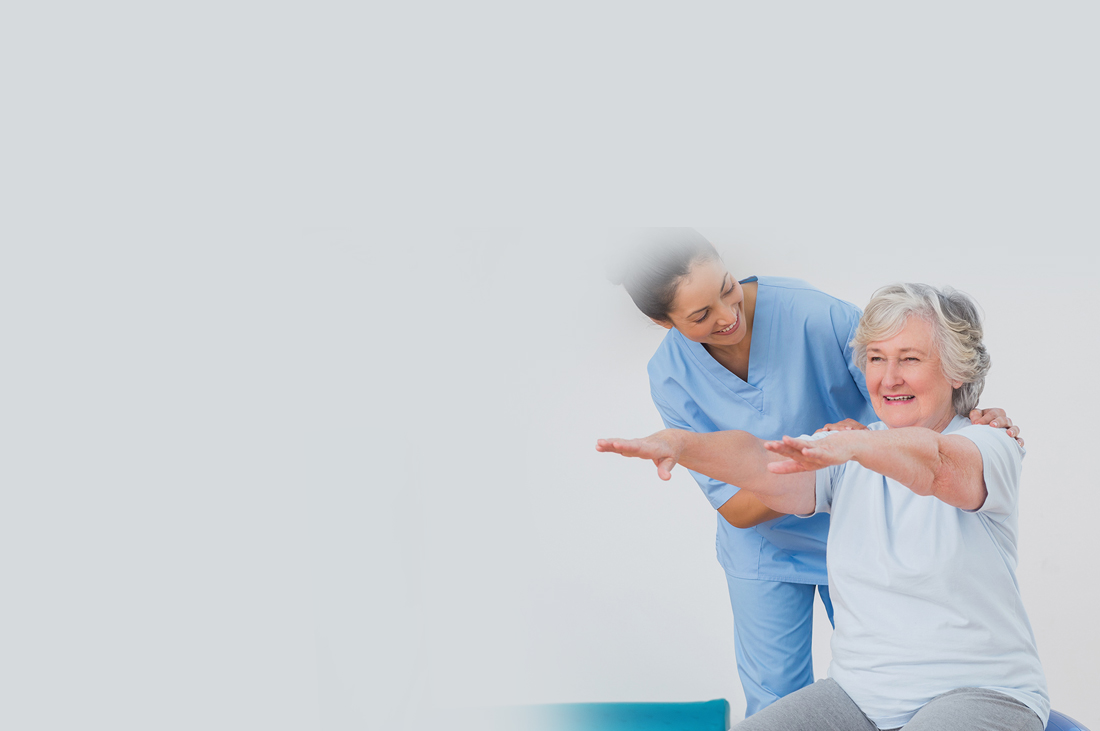
 Menu
Menu



Total hip replacement surgery has been one of the most common and successful procedures in Orthopedic Surgery for the past five to six decades for treating patients crippled with arthritis of the hip joint. Now approx. 100,000 Total Hip Replacement operations are done in USA alone every year.
Our hip joint moves millions of time to allow us to do routine activities like walking, sitting/squatting, climbing, playing, dancing etc. in our life without us even knowing. Hip arthritis restricts our activities significantly, our hip becomes stiff and our walk painful with a noticeable limp and every step seems needs considerable effort.
What are the symptoms of arthritis of the hip?
If you are suffering from severe hip arthritis, then typically you may have some or all of the following symptoms in varying severity:
The commonest location of pain from the hip joint disease is the groin. You may also notice this pain radiating to the inner thigh and knees or else may have pain in the buttocks and lower back. Limp on walking and restriction of movement follows thereafter. With advance arthritis you may have significant restriction of hip movements, pain at rest, or on turning sides in bed. You also may notice shortening or even lengthening of your affected limb.
Pain in the hip can also be due to affliction of areas other than hip pain. A careful examination must be performed to rule out other conditions confused with hip pain. These include:
Is it possible to manage pain without surgery (NON OPERATIVE TREATMENT)
Medicines:
Analgesics / NSAIDS / Pain Killer Medicines: helps in reducing pain and stiffness by decreasing swelling, and inflammation in the joint. Limited use of analgesics is accepted, however, consumption over many years can affect kidney functions adversely and even irreversibly. No particular NSAID is better than other.
Glucosamine / Joint Supplementation: can help relieve your symptoms in early arthritis but have limited or no affect in advanced arthritis. These medicines are safe for consumption for a prolonged period.
Walking aids: (Cane / Stick / Crutch (all in opposite end) / or Walker) they all help as they reduce burden on your already damaged joint. They help you walk more comfortably and without a limp.
Physical Therapy: can help maintain motion and strength of the soft-tissues and muscles around the joint. Before surgery these exercises can keep your joint in the best shape possible prior to total hip replacement surgery.
Injections: does not have much role in hip arthritis.
“Though these above measures will help reduce your symptoms temporarily, but remember they can never reverse changes of arthritis in your hip joint”
Most or all of these measures can help you to get temporary relief, but the duration of relief can vary from few days to even few years. However, if your disabilities and pain are persisting and affecting the activities of daily life, than getting the hip replaced is a better option. Delaying your surgery for long time can lead to deformities of muscles and joints making recovery even after a successful surgery prolonged and difficult.
What is a hip replacement surgery?
Hip replacement surgery involves removing the ball and socket of the arthritic hip joint. The top part of the thigh bone (femur head) is either removed and an implant fits within the central canal of the femur (conventional total hip replacement) or femoral head is reshapened and a metal cap fits on it (resurfacing total hip replacement). All the cartilage along with some bone is then removed from the socket (acetabulum), and a new socket is fixed in its place. This newly replaced ball and socket joint gives new joint and allow painless movement.


If you feel that we can be of any assistance please take a moment to fill out the enquiry form below and one of our staff members will answer your question as soon as possible.
Follow us on social media and keep up to date with all the latest news from the Dr vivek mittal clinic.
